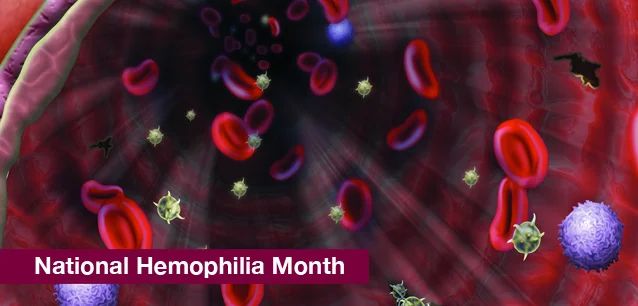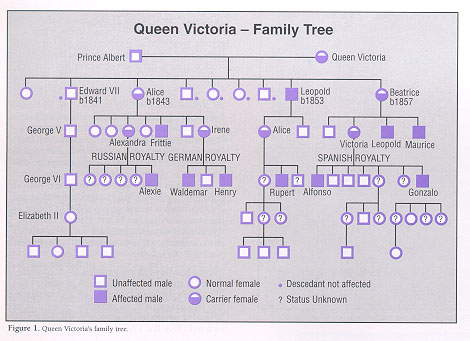 AD
AD
Today is: April 26
Scroll to explore events active on this date.
Additional Events on LEEP
LEEP INK FEATURES

Events in April 2025
Spring has sprung in the north, and the first hints of Autumn are on the horizon in the south. April is the month spring (or fall) gets underway, and it is filled with religious celebrations, including the Mu...

Metamorphic March: Trends and events in March 2025
Welcome to Spring or Autumn. This is a transitional month with something for everyone. Internationally, it is Women's History Month, focusing on the achievements, needs, and challenges that women ...

February Favorites
The world steps into the second month of 2025 with hope and trepidation. The United States has a new administration. Canada is finding its way to a new administration. Germany and several other European nations...
About Bleeding Disorders Awareness Month
Ends: Mar 31, 2022
DESCRIPTION:
Bleeding Disorders Awareness Month, formerly Hemophilia Awareness Month, focuses on the genetic blood disease that prevents blood from clotting normally. References to excessive and unexplained bleeding have been made since antiquity. In the Talmud, a collection of Jewish Rabbinical writings from the 2nd century of the Common Era, notes that male babies did not have to be circumcised if two brothers had already died from the procedure.
Hemophilia has often been called the " Royal Disease" .
Queen Victoria of England (1837-1901) was a carrier of the hemophilia gene and subsequently passed the disease on to several royal families. Victoria's eighth child Leopold had hemophilia and suffered from frequent hemorrhages, which were reported in the British Medical Journal in 1868.
By the 1990s, the safety and efficacy of factor concentrates improved.
In 1992, the first recombinant factor VIII product was approved by the Food and Drug Administration (FDA).
In 1997, the first factor IX product was granted FDA approval. Additional synthetic drugs such as desmopressin acetate (DDAVP) were also introduced to treat mild-to-moderate Hemophilia A and Von Willebrand disease.
By the mid 1990s prophylactic (a preventative treatment regimen) therapy in children with hemophilia became more common. Since the advent of prophylaxis, children could look forward to a life of less pain, without the orthopedic damage associated with chronic bleeding.
As a result, most children born with hemophilia in the U.S. today can look forward to long, healthy and active lives.
This event first occurred in 1986.
VIDEOS
SUPPORTING DOCUMENTS
Currently, this event does not have supporting documents.
Where would you like to go now?
 AD
AD




/footer-logo.svg)
